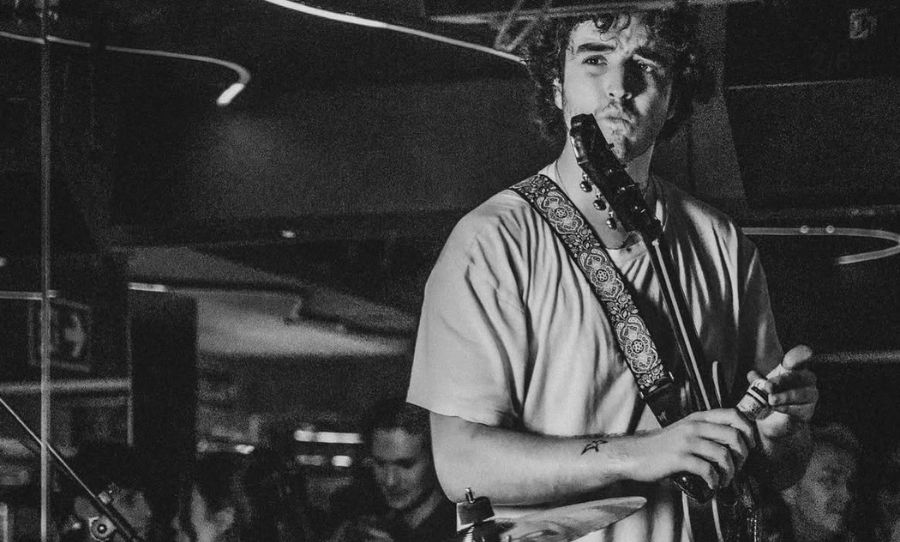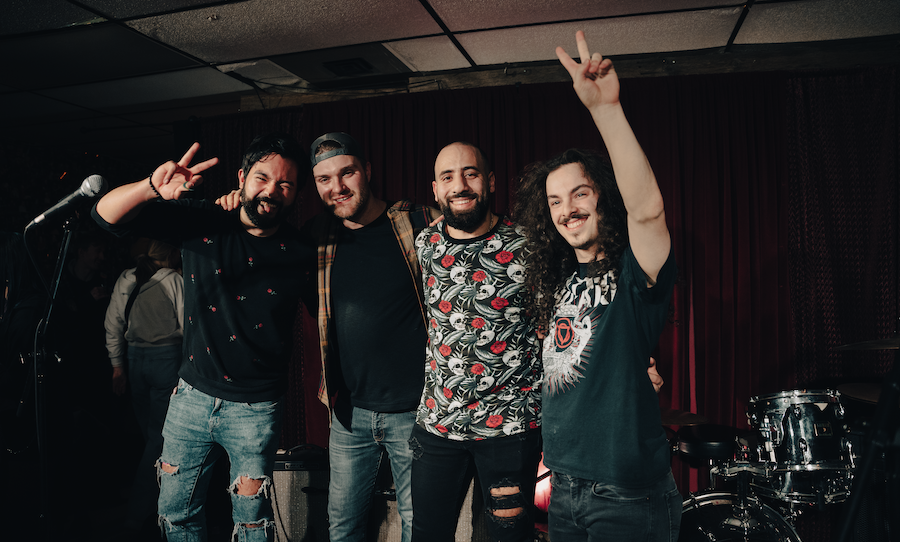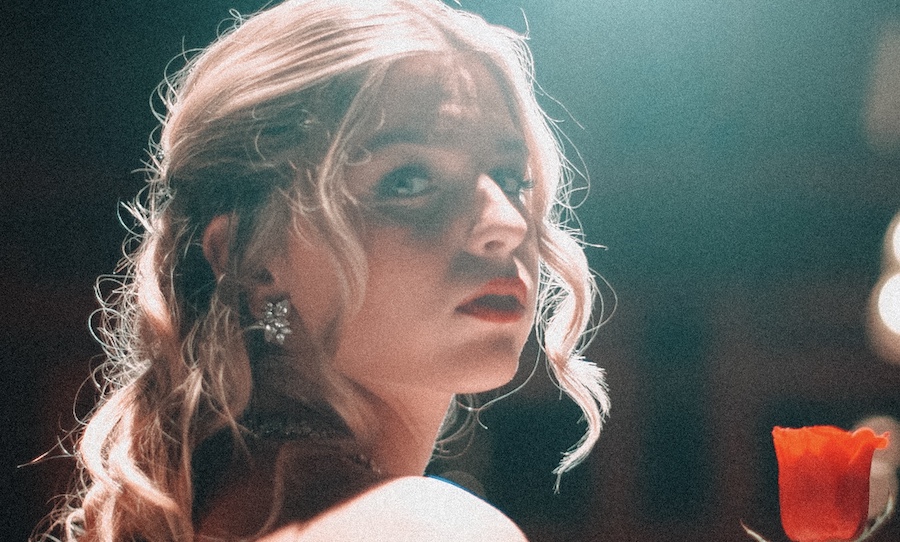Madrid-born singer-songwriter Soler intimately weaves fragmented reflections of his true self in each of his tracks.
The singer’s recordings feel like a gentle unfolding – a quiet meditation on the shape of love and the way it lingers in small, almost imperceptible moments.
Crafting music that feels lived-in and intimate, each of the tracks is a snapshot of a relationship’s evolution, soft glimmers of first sparks, the nervous thrill of closeness, the tender gravity of lasting connection.

There’s an unmistakable softness here, a patient reflection that turns fleeting emotions into moments that feel simultaneously personal and universal, intimate yet unavoidably resonant.
Soler’s journey to finding his sound feels like it grew quietly from mistakes and experiments; the notes that didn’t fit anywhere else somehow became unmistakably his.
There’s honesty in the imperfection, a warmth in the rough edges, and a patience in letting each chord and lyric settle into its own space.
“Like every other artist, I’m inspired by those I admire. A couple of years ago, I heard John Mayer say in a podcast: ‘Every artist finds their own sound when failing to mimic others.’ I couldn’t agree more. Instead of getting frustrated when I couldn’t nail a guitar lick or chord progression, I realised I was creating something new — my own sound, born from trying to sound like my favorite bands. Here’s a track-by-track of those inspirations, and the moments that shaped each song.”
Chicago – How Did We Get Here?
This is in my top five songs I’ve composed. It goes from soft and subtle instrumentals to a wall-of-sound track, with the vocals and lyrics rising as the love story grows.
The instrumental part in the beginning revolves around the same piano arpeggio over G major and A minor-9 — heavily inspired by The Backseat Lovers (who will appear more in this piece) in their song Viciously Lonely.
The dynamic crescendo of the song was inspired by one of the classics: Dire Straits, specifically their song ‘Where Do You Think You’re Going?’
Clear Way – M23
This song is particularly interesting in the way that is composed of 2 very clearly different parts, even though the harmonic structure remains the same (G minor and F major-7).
The first part, based on an acoustic guitar melodic riff that mimics the vocals as a part of instrumental interludes in between verses.
That is 100% influenced by Wilco, by a song I consider to be one of the greatest of all time: One Sunday Morning (Song for Jane Smiley’s Boyfriend).
The second part, fans of Leon Bridges will recognize that the groove and electric guitar work is inspired on Texas Sun.
Farm Stop (Natalia’s Song) – How Did We Get Here?
Concluding track of the EP, as the story of how we met wraps up with it. It’s warm and acoustic, layered with subtle textures and nature sounds.
The chord progression isn’t tied to any specific inspiration — if anything, it probably came from something buried in my head — it just felt right when I played it.
The overall feeling, though, is drawn from artists like Ben Howard on ‘I Forget Where We Were’, with close-up vocals, panned acoustics, reverb effects, and very simple electric guitar licks loaded with effects.
New York (home version) – Close the Door (Unreleased)
This song, about moving to New York to start a completely different life while still being with someone I love, draws heavily from the sound of Billie Marten’s latest release Dog Eared.
That album perfectly blends electric and acoustic guitars, creating this experimental yet intimate atmosphere that immediately grabbed me.
I wanted to capture that same balance — something warm and organic but also textured and unexpected — which is what led me to write the guitar lines in this track.
The mix of familiarity and exploration in her work felt like the perfect sonic parallel to the leap I was about to take in my own life.
Cierra la Puerta – Close the Door (Unreleased)
This song mixes a little bit of everything. It starts off as a very acoustic singer/songwriter track — just guitars and vocals — then shifts into more of an R&B feel with a warm Hammond synth, similar to ‘Nude’ by Radiohead.
The final instrumental section has two main inspirations, both already mentioned. The guitar tones — dirty fuzz but still crisp and clean — were shaped with The Backseat Lovers in mind, especially the outro of their live version of ‘Still a Friend’.
The overall feeling of the instrumental (and really the whole song) came from ‘At Least That’s What You Said’ by Wilco: short, calm, and emotionally heavy lyrics, followed by a guitar that takes over and “goes crazy” at the end, spilling frustration and anger.
Each of these songs pulls something from the artists and sounds that have stuck with me over the years.
Some influences are obvious, others are buried in small details I probably couldn’t recreate if I tried.
They all blend with my own experiences and ideas, shaping the way I write and play today.



